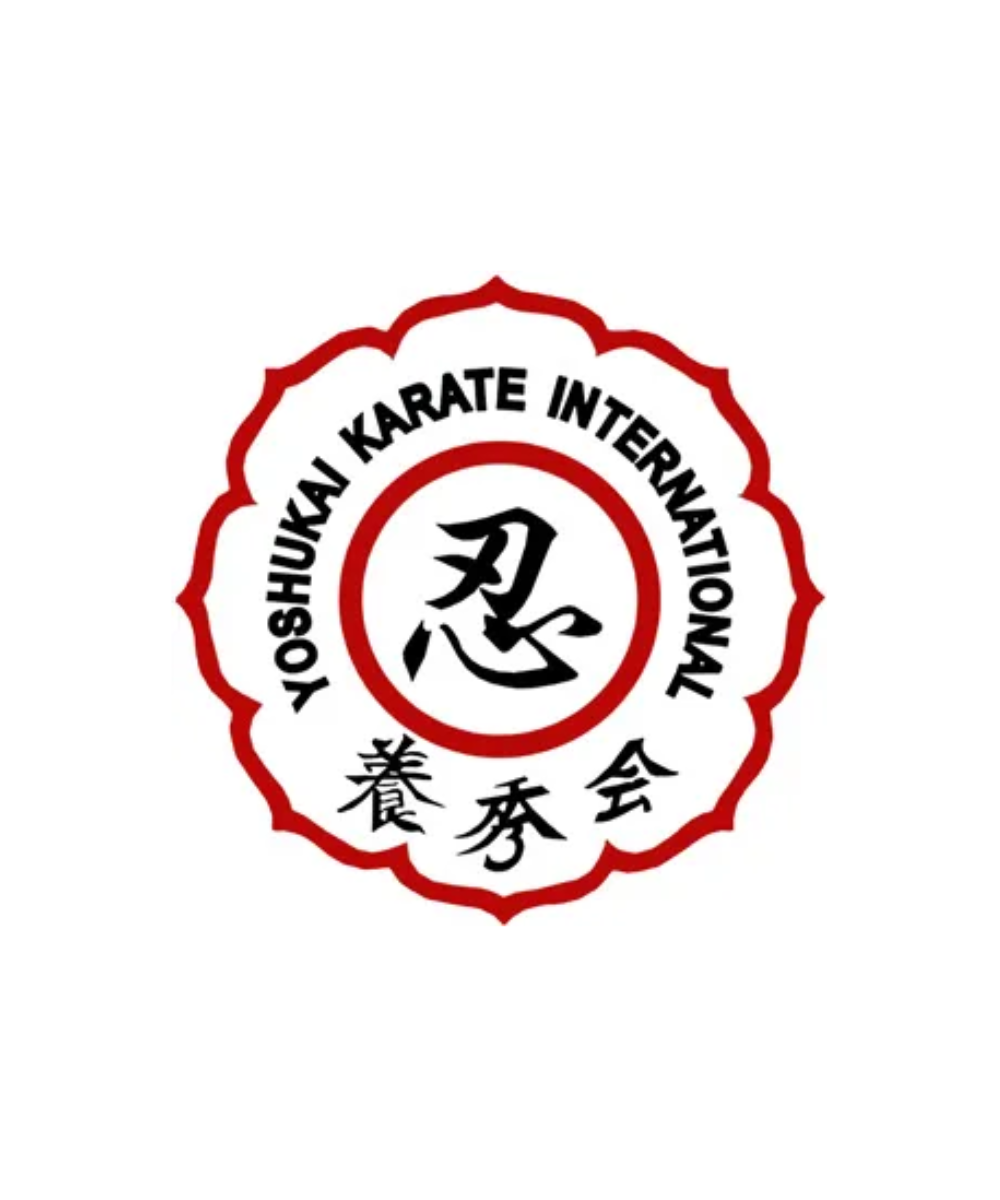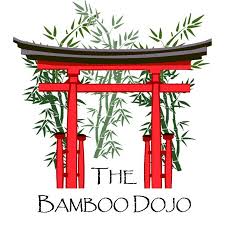Yoshukai Katas For Students

27 Movements
This basic training form utilizes hand techniques to introduce the beginner to proper effective blocks and strikes. Each technique is performed first by the left side, then the right. Basic blocks are executed and followed by strikes to imaginary opponents surrounding the practitioner. The student is introduced to hip torque while working from the neutral stance uchi hachiji dachi (knees and toes turn slightly in at shoulder width).

Zen Shin Ko Tai
This kata teaches the student to move forward and back in a zen kutsu dachi stance while punching an opponent. Turning to the right and left while blocking and punching. This is the first kata to introduce the sidekick. The kata mirrors the moves of an imaginary opponent.

H Forms
There are four basic H forms which follow the same floor pattern of tracing a capital H on the floor. These forms can be traced back in various incarnations to Okinawa well over a century ago. The H-forms were introduced in the Okinawa school systems to teach elementary-age students easier kata patterns than those of the more advanced levels.

Shi Ho Hai
“Fighting to the Four Directions” Dating back to 1828, Shi Ho Hai was originally shown to Chinese officials visiting the Royal Court of Okinawa. The four-way turn at the onset of the kata demonstrates the usefulness of the neutral stance (uchi hachiji dachi) while developing hip torque or snap. This will enable the student to deliver strong punches. This kata is only found in styles that are derived from Chito-Ryu karate.

Gega Sai
“To Destroy” This kata was created by Chojun Miyagi from Goju-Ryu to popularize the style in the Okinawa high school system, the kata influence was from Shuri-te. This kata integrates kicking with blocks, strikes, and punches using multiple directions. This is the last kata for green belt level.

Mu Gen
Literally translated as “endless”, this kata was originally designed as a Sai kata. The inspiration for the Mugen kata translated as the extension of infinite power through deflective blocking. Mamoru Yamamoto developed this kata using the basic “H” floor pattern with an emphasis being placed on various uses of the heel-palm strike as an assertive block that misdirects the opponent’s attack.

Seisan
Seisan translated means “13 hands”. The kata origins are in the Fujian Province of China. Seisan has been used in Okinawa for over two hundred years. Several versions of Seisan have been contrived since its origin and practically every karate style uses it as a method of training. The version used in Yoshukai karate is from either Seisho Arakaki (1840-1920) or Chotaku Kyan (1870-1945) who learned it from Bushi Matsumura, one of the master instructors and bodyguards of the Royal Court of Okinawa. Years later, Arakaki taught Seisan to a youthful student named Tsuyoshi Chinen (Matsumura’s grandson), who later changed his name to Dr. Chitose.
This kata teaches how to get inside an adversary’s attack and destroy their stability, while simultaneously developing a strong foundation. Seisan combines straight-ahead attacks with movement offline to gain an advantage in distance and timing. In the nineteenth century, Seisan was practiced to learn proper posture and was the first kata learned in many styles. Seisan introduces both “soft” and “hard” techniques. This kata is from the Shuri-te group and is Yoshukai’s first core kata.

Ni Sei Shi
“Twenty-four Steps”-Arakaki also taught Ni Sei Shi to Dr. Chitose. Like Seisan, many traditional styles use Ni Sei Shi. Breathing and concentration are tested during this kata. This is from Naha-te group of kata. The origin of the name Twenty Four Steps is uncertain.

Ro Hai
Ro Hai, meaning “sign of the white heron”, takes its name from the crane stances in the kata. A Tomari kata from Matsumora Kosasku, the Ro Hai series (Ro Hai Sho and Ro Hai-Dai) are short kata featuring throwing and sweeping techniques. Because of the transitional moves, Ro Hai kata are difficult to master even though they are neither long nor complex.

Sochin
“Monks of Peace” or “Men of Peace”-Sochin came from Fujian, China and was originally introduced in the Okinawan village Naha by Seisho Arakaki. Sochin is performed on a cross-shaped floor pattern and contains techniques for short-range defense and counterstrikes. The stance transition is the key to utilizing this kata effectively. The student must constantly strive for balance in the practice of Sochin.
The reference to monks or men of peace in the translation of the name may be from the Chinese origins, possibly referring to the monks of the Shaolin Temple. Sochin is from the Naha-te group. Sochin is our second core kata.

Ten Shin
“Turning Body Motions”-A simple cross-shaped floor pattern hides the real complexity of this kata. Ten Shin focuses on coordinating hip-torque and punching to develop power. The key to maximizing powerful punches is in the hasami dachi (scissoring of the legs) to zen kutsu dachi transition. Ten Shin teaches a very practical defensive strategy for extremely close range evasion and counterstriking techniques. Ten Shin is our third core kata.
